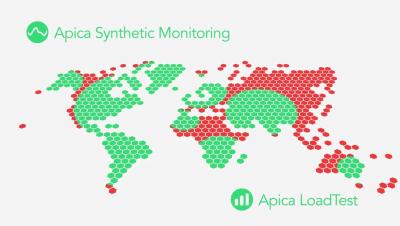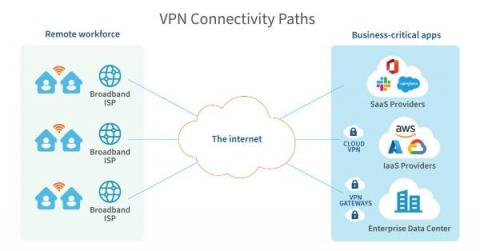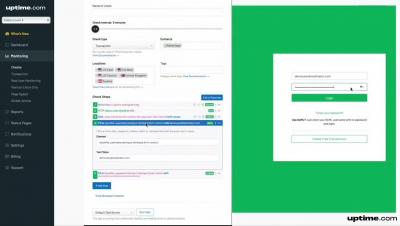Operations | Monitoring | ITSM | DevOps | Cloud
Synthetics
Synthetic Monitoring for CI/CD Pipelines
For DevOps teams, delivering quality software has long required reconciling a major tension: In a perfect world, you’d catch every issue in each new release of your application before you deployed the release into production. But in the real world, doing so is tricky, not least because it’s hard to collect data about application performance before the application is actually deployed.
On-Premises Application Monitoring: An Introduction
In the present age of cloud-native everything, it can be easy to forget that some applications still run on-premises. But they do and managing the performance of on-premises apps is just as important as monitoring those that run in the cloud. With that reality in mind, here’s a primer on how to approach on-premises application performance monitoring as part of a broader cloud-native performance optimization strategy.
About Apica
Synthetic API Monitoring brings proactive monitoring to modern microservices environments
Learn how AppDynamics can help you proactively monitor the availability and performance of your APIs.
Monitor your gRPC APIs with Datadog Synthetic Monitoring
gRPC is an open source Remote Procedure Call (RPC) framework developed by Google and released in 2016. Although gRPC is still relatively new, large organizations are adopting it in increasing numbers to build APIs to connect complex microservice meshes that use disparate languages and frameworks. gRPC-based APIs can process requests up to seven times faster than REST APIs, and they also allow customers to easily implement SSL authentication, load balancing, and tracing via plug-in libraries.
Synthetics 101 - Part 2: Protecting and growing revenue with proactive monitoring
In part 1 of our synthetics series, we looked at tracking network performance to drive better business outcomes. Here in part 2 of our series, we’ll dig into the very first and most basic business outcome of using digital experience monitoring (DEM). That is, we’ll look at how to protect and grow revenue by proactively monitoring the health, availability and uptime of your critical applications and services, so you can fix issues before your customers’ experience suffers.
Uptime com Transaction Check Best Practices
Uptime com Transaction Check Basics in less than 3 minutes
How cloud-only synthetic monitoring leads to blind spots
Many of the world’s top DevOps teams at leading companies like Microsoft, SpaceX, CoreLogic, and many others, choose Uptrends Synthetic Monitoring because of its reliability and ease at which it simulates end-user experiences accurately and transparently.










